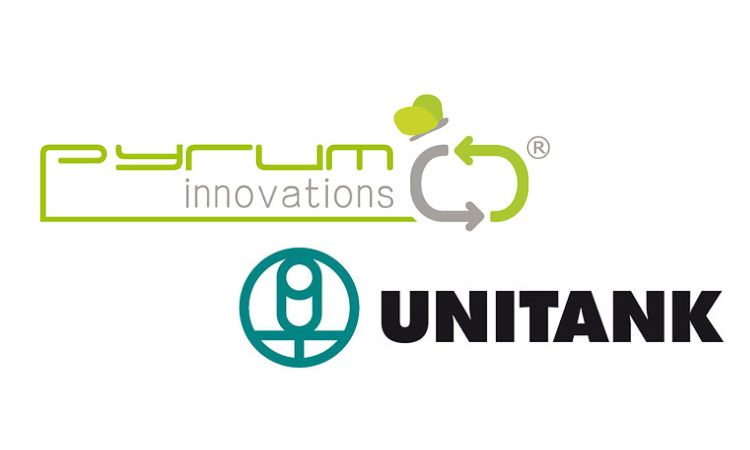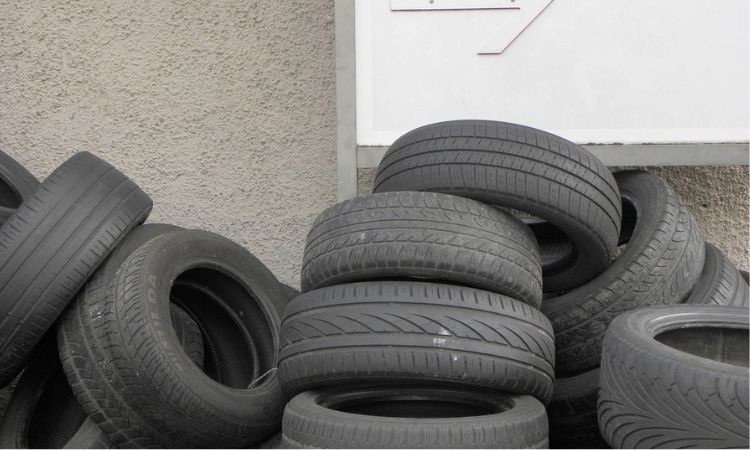RMIT University uses recycled tire rubber in concrete mix to boost circular economy
A team of engineers from the Royal Melbourne Institute of Technology (RMIT) University in Australia have managed to replace 100% of conventional aggregates in concrete – such as gravel and crushed rock – with rubber from discarded tires that meets building codes, promising a boost for the circular economy.
RMIT University’s team says the new greener and lighter concrete also promises to reduce manufacturing and transportation costs significantly.
Until now, small amounts of rubber particles from tires are already used to replace these concrete aggregates, but efforts to replace all of the aggregates with rubber have produced weak concretes that failed to meet the required standard.
The recently published in the Resources, Conservation & Recycling journal study reveals a manufacturing process for structural lightweight concrete where the traditional coarse aggregates in the mix were completely replaced by rubber from used car tires.
“We have demonstrated with our precise casting method that this decades-old perceived limitation on using large amounts of coarse rubber particles in concrete can now be overcome,” said Mohammad Momeen Ul Islam, the lead author and PhD researcher from RMIT University’s School of Engineering.
Study co-author and team leader, Professor Jie Li, said this manufacturing process will unlock environmental and economic benefits.
“As a major portion of typical concrete is coarse aggregate, replacing all of this with used tire rubber can significantly reduce the consumption of natural resources and also address the major environmental challenge of what to do with used tires,” he said.
End-of-life tires in Australia cannot be exported, making new methods for recycling and reprocessing them locally increasingly important. About 1.2 billion waste tires will be disposed of annually worldwide by 2030.
To find out more about the new technology, please click the link to read RMIT’s article.
Weibold is an international consulting company specializing exclusively in end-of-life tire recycling and pyrolysis. Since 1999, we have helped companies grow and build profitable businesses.









